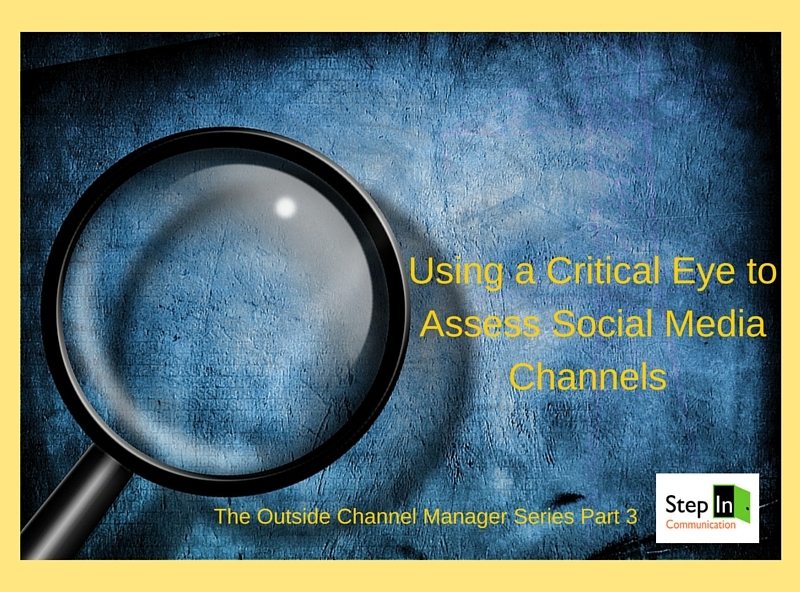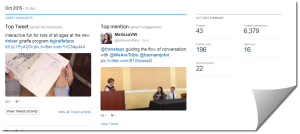 Part 3 in the Outside Channel Manager Series
Part 3 in the Outside Channel Manager Series
You’ve just taken over managing social media channels for a client and they, of course, want you to immediately answer the question: “how are we doing?” Before you can answer that question, you should look over each social media network with a critical eye.
Look at Channel Activity
Activity on each channel is easy to see and, in most cases, relatively easy to analyze. How frequent are the posts? In the last week? In the last month? Clients who have turned to outside channel managers often have erratic posting behavior – 3 posts this week, no posts the next. That’s why they hired you—they don’t have time to manage it successfully themselves. With your critical eye, and some quick addition, you can tally up the posts for the month and see immediate gaps that can be filled.
 Next, analyze your audiences’ age, gender and other key demographic information. Each network offers varying amounts of this information on their channels. For Facebook pages, look at the insights to see the breakdown of ages and genders for your page. Use Twitter analytics to see age, education, income and occupation.
Next, analyze your audiences’ age, gender and other key demographic information. Each network offers varying amounts of this information on their channels. For Facebook pages, look at the insights to see the breakdown of ages and genders for your page. Use Twitter analytics to see age, education, income and occupation.
Finally, you should look at your channel growth. New followers/fans versus lost followers/fans. Are you growing or shrinking? If you want to look at that for Instagram, you can try Iconosquare to see a breakdown of new and lost followers. These stats are available on Facebook and Twitter too.
Content Review
For small channels, you can do a review of postings for the current or previous month and figure out the “best” and “worst” posts. Usually the best post has the most amount of activity – shares, likes and comments – or some combination of the three. The worst post is one with little or no activity. Compare one of each of those for each network you are managing and look at why. Is it the content itself? Is it the tone of voice? Is it the time of day it was posted?
You won’t have all the answers on this immediately, but if you do this regularly, you will start to see a trend of what’s working and what’s not. And will see differences emerge between channels. Then you can move your client toward better content over time.
There are numerous tools that will evaluate content against these factors. If you’re using Sprout Social (one of my favorite tools), you can scan the Sent Messages report to easily see which posts have the most activity and then click through to see why. True Social Metrics, a deeper analytics program, has numerous tools for evaluating best and worst posts against your own content and against competitors.
What to Tell Your Client
You can use these ideas to look critically at your client’s social media channels. Repeat the process until you see trends emerge and you are able to get better results from your content tests. Sometimes it takes months to see what works on a new channel; other times, you have one great post that opens the door to a successful content stream. So when your client asks “how are we doing” you will be able to summarize past trends and growth which helps frame the future practice.
Coming next: Part 4, Scheduling and Finding Content When You’re an Outside Channel Manager
In case you missed it:
